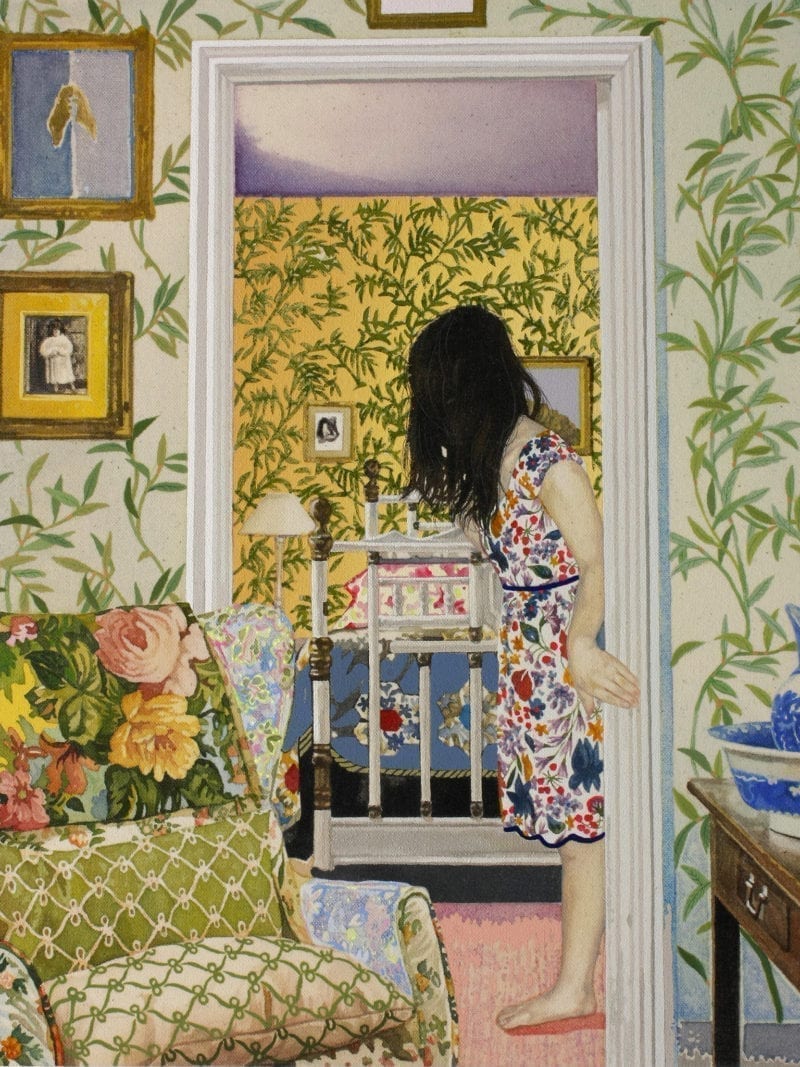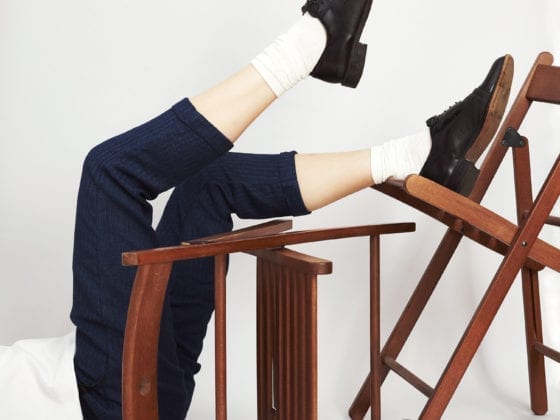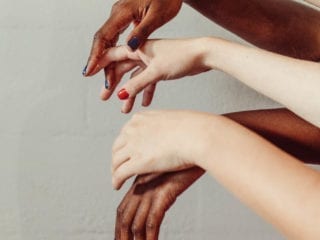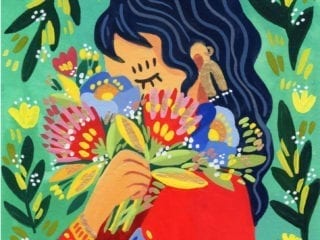I longed to see myself represented in the media and school curriculum growing up; however, I never would have expected to see myself so much in the news as I have in the past few months. Each news headline referring to the AAPI community has been accompanied by descriptors including “hate crime,” “victims,” “violence,” “racism” and “tragedy.” With every “Rest in Power” name and image, I saw myself, my mother, my grandmother and my aunt.
So I wept in solitude. I dissociated from the present. I carried on business as usual.
I wept in solitude. I dissociated from the present. I carried on business as usual.
In my culture, the dinner table is not a place for roundtable reflections on inner turmoil; we don’t share many sentiments. Without the tools and practice to openly navigate our emotions, the nonexistent discussion became our solidarity. In the silence, we reconciled a conditional privilege of being Asian. In alliance with the collective reckoning, racism has no rudiment or rhyme.
My parents sought the “American Dream”—an outdated notion of the ability to achieve perfection with a linear vision of success—when immigrating from China. They carried their traditions and values, which are now the underlying themes in my own story, with them overseas.
As an Asian American, my Chinese dogma combined with American culture, set me on a path toward assimilation grounded in whiteness. I didn’t question it because it’s all I ever knew. I fell into the system that continued to dehumanize and abuse my desire to conform to a set of standards and expectations.
By achieving high academics and attending extra schooling on Saturdays, I unknowingly collaborated in the cycle of oppression, which disguised itself as stability, status and freedom. I blended in with the crowd and remained obedient to my responsibilities, not wanting to draw attention or produce conflict.
My passivity was, in reality, unwitting active participation. I lived and breathed the “model minority” stereotype in order to fight for my space inside the margins. My participation churned the fallacy and myth into a tangible reality that materialized into microaggressions fueled by anti-Asian racism.
I lived and breathed the “model minority” stereotype in order to fight for my space inside the margins.
The existing white hegemony contributes to the erasure of individual Asian American identities. The AAPI community offers a rich linguistic and cultural history. To clump all Asian Americans and Pacific Islanders under one canopy is a disservice to the progression, liberation and abolition we are striving for as “one nation under God.” To uphold a system that favors a reductive view, rather than embracing plurality, nullifies genuine feelings and experiences.
So now I celebrate the joy of my ancestors. I share my story in hopes of moving forward. I give myself the grace to heal wholly.
Acknowledging the medicinal and spiritual strengths of my ancestry represents my vision for the future. I pray for the global adoption of a “come as you are” mentality, where we love boldly and unconditionally. I also work toward a forgiving character that releases assumptions in progress of greater community and justice.
I am Chinese, and I am American—two single, yet essential pieces that form my identity.
Are there any stereotypes about your own culture or other cultures that you have believed? Why is it important to debunk these generalizations?
Image via Naomi Okubo, Darling Issue No. 17











